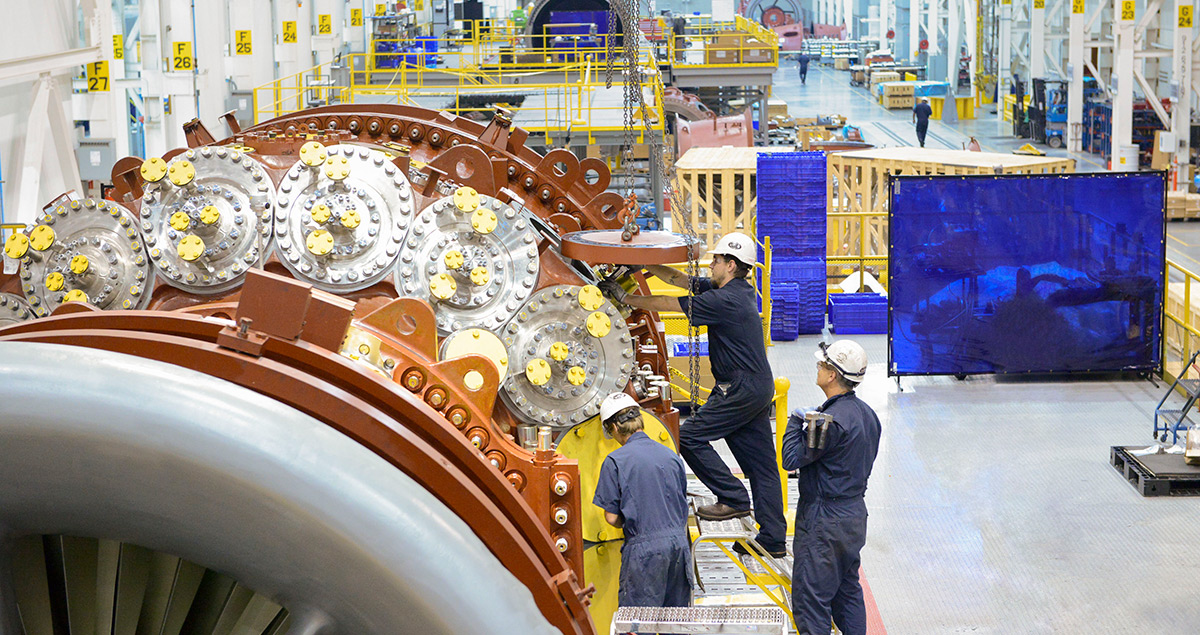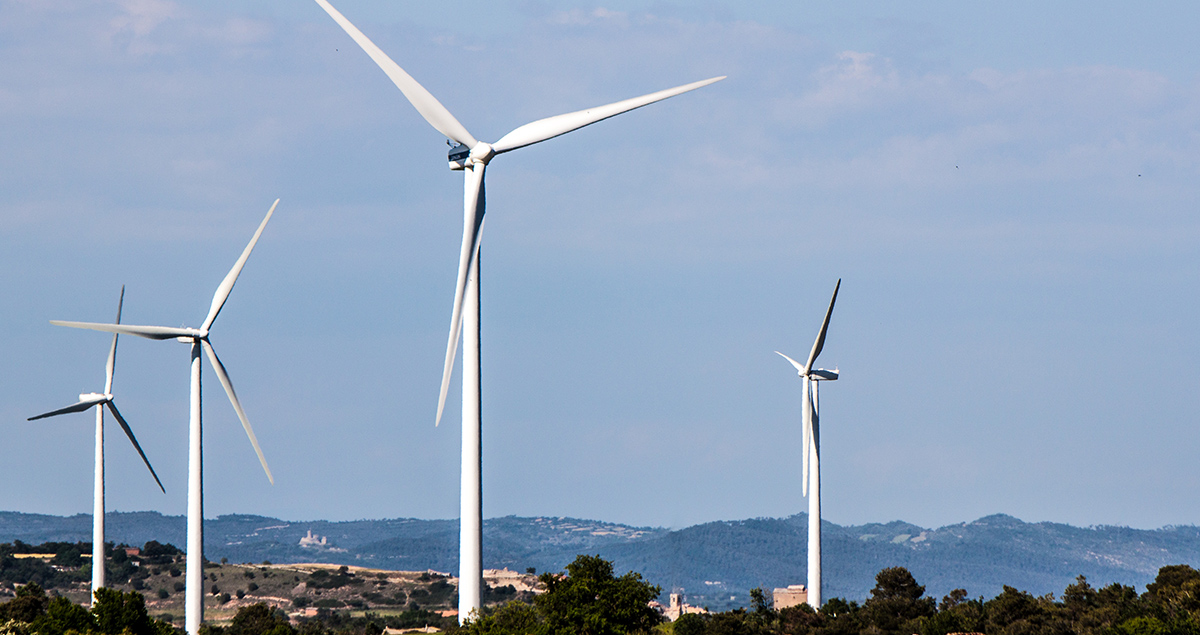The path to low emission power generation in the U.S.

As the way we generate electricity changes, so do the associated greenhouse gas emissions. After over a decade of growth, 2016 was the first year that more electricity was generated from natural gas than from coal, and renewable power generation has also increased dramatically during this time period. These changes directly affect how much carbon dioxide (CO2) is emitted by each megawatt-hour (MWh) of electricity generated.
A recent study from Carnegie Mellon University’s College of Engineering, which tracks carbon emissions within the U.S. electrical power generation sector, reported a 24 percent decline in emissions intensity from power producers since 2005, highlighting the impact of the power sector’s focus on more efficient and carbon-friendly power generation processes. The Carnegie Mellon Power Sector Carbon Index demonstrates a change in the power industry as older, inefficient coal-fired power plants are being replaced with a combination of renewables and highly efficient natural gas power plants.
Utilizing publicly available data, the Power Sector Carbon Index provides a comprehensive picture of the environmental impact of electricity production in the U.S, reporting changes in emissions of the power grid across the country during the past 3 months, and over an extended period from 1990. It also provides a summary on the source of electricity generation, from either coal, natural gas, nuclear, or renewables.

So why does this matter?
The electricity sector is one of the largest sources of U.S. greenhouse gas emissions (GHG), accounting for around 30 percent of the U.S. total, while generating around 4 trillion kilowatthours (kWh) of electricity each year. Prior to 2005, the EPA had recorded a steady increase in GHG emissions as electricity demand grew. But then a combination of technology advancements, market forces and state and federal government action started to have an impact. New drilling technologies dramatically reduced the cost of natural gas, and new power plant technology increased the fuel efficiency of natural gas power plants. Meanwhile, the steady advance of renewables technologies reduced the cost and improved the output of wind turbines and solar panels, just as states started mandating more renewables and the federal government put in place tax incentives.
These steps seem to be working. In the last 10 years, the electricity sector has witnessed rapid growth in the construction of renewable and natural gas power projects; retirements of coal and nuclear power plants; the addition of air and water emission control devices; and improvements to the efficiency and emissions of existing power plants.
What changes are behind this trend?
More than half (53 percent) of the reduction in CO2 emissions intensity since 2005 can be attributed to the shift from coal-fired generation to natural gas, and an additional 4 percent is due to natural gas power plants becoming more efficient. About 40 percent of the decrease in carbon intensity is due to the increase in renewable generation since 2005. Summing up these percentages, we find that 97% of the improvement in US power sector carbon intensity has been the displacement of coal-fired power generation by a combination of natural gas and renewables.
What’s equally important is that power generators are making significant strides in reducing carbon dioxide and other emissions, while at the same time meeting growing demands for more affordable and reliable electricity. Technology, market forces and governmental policies in recent years have helped to drive important innovations and major cost reductions for power projects in the U.S. The results from this combined deployment of natural gas and renewable power are encouraging.

So what’s next?
While the 24 percent decrease in emissions intensity since 2005 is a great start, there remains work to be done to achieve deep de-carbonization in the electricity system. The combination of natural gas and renewables displacing coal-fired power generation will continue to reduce U.S. power sector emissions in the coming decade. But to continue on this path of abundant, affordable and reliable electricity with reduced emissions we need to start solving the problem of dispatchable clean power. This means we either need to augment renewables with affordable energy storage, or we need to augment fossil fuel power plants with affordable carbon storage. It likely means that we need to do both.
As the power sector continues to evolve, you can look forward to getting quarterly updates from Carnegie Mellon’s Power Sector Carbon Index as the team at CMU continues to track progress on the carbon intensity of the U.S. electrical grid. And you can count on Mitsubishi Heavy Industries Group to sponsor their efforts as we continue to develop the power generation products and technologies of the future.





